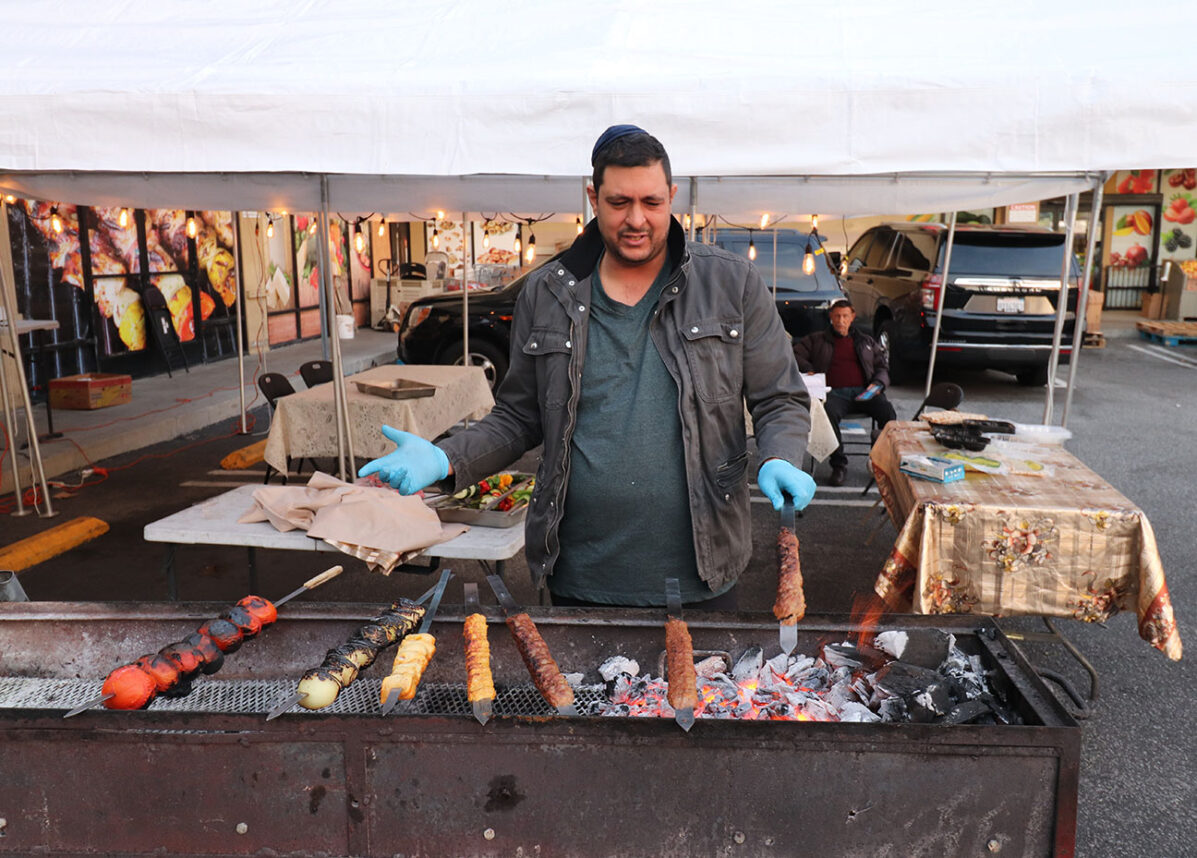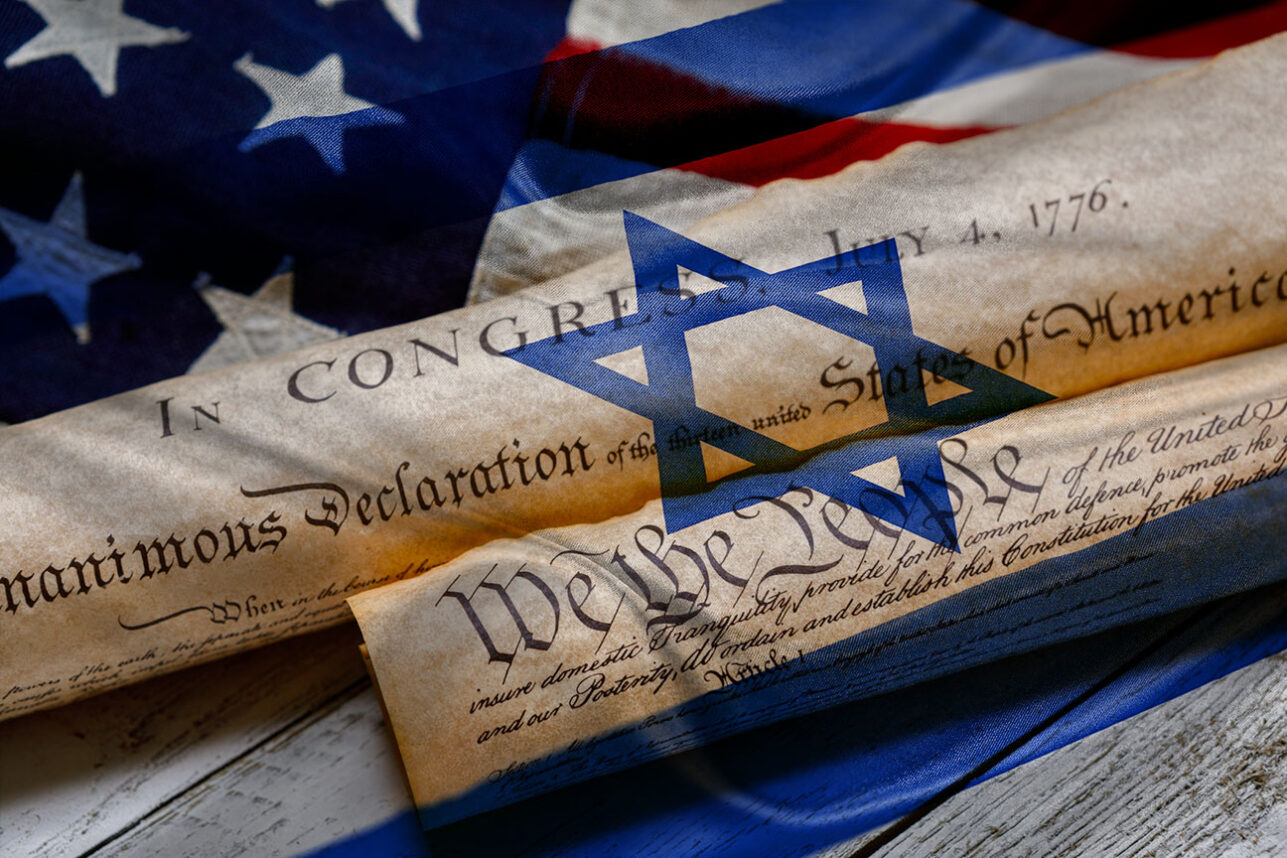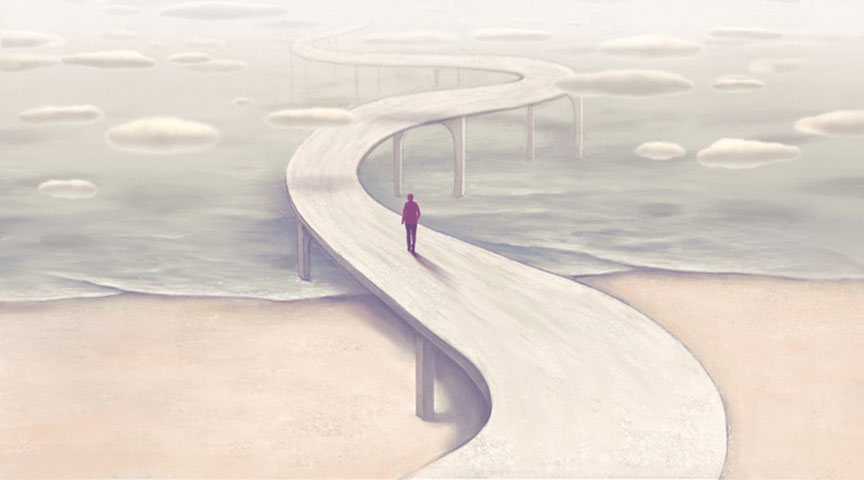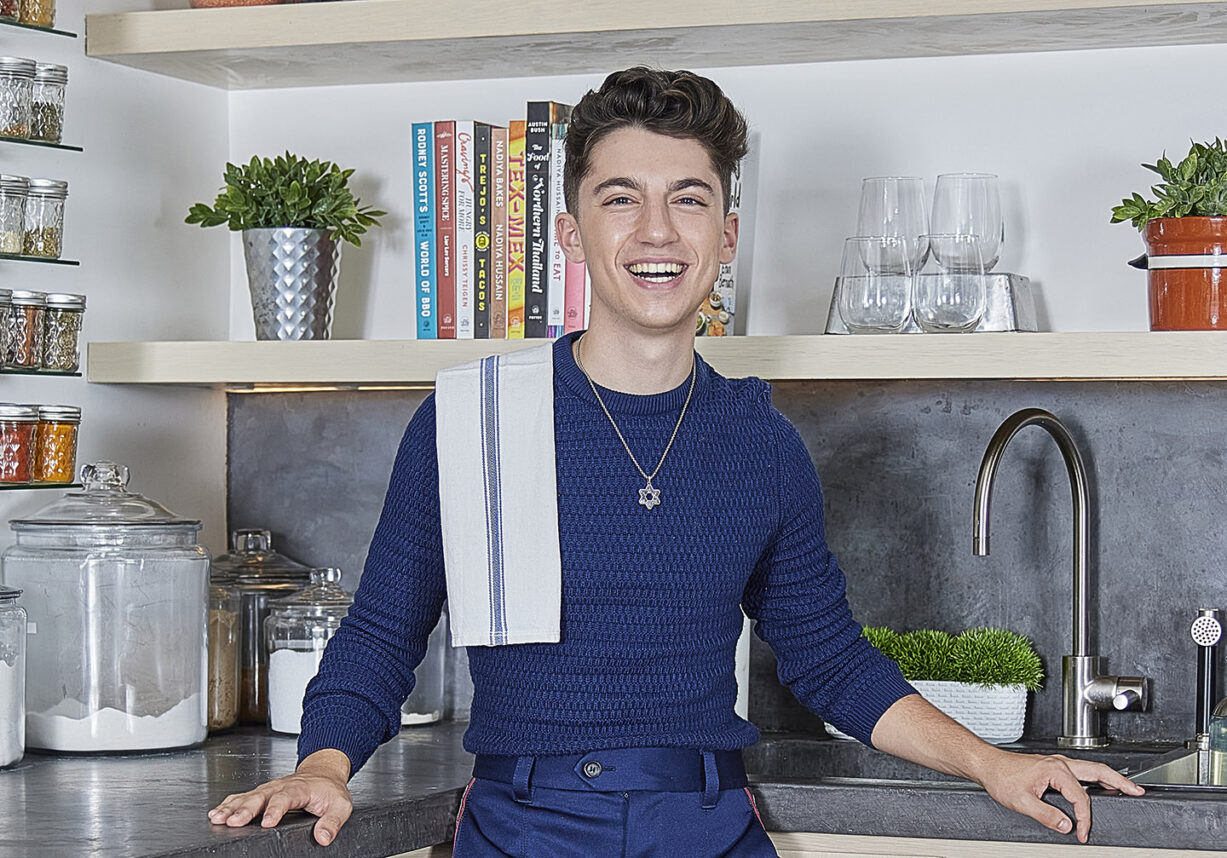About this time two years ago, congregants of Tustin’s Congregation B’nai Israel lined their synagogue’s sanctuary, making a human chain as Rabbi Eli Spitz unrolled a 150-year-old Czech Torah that survived the Holocaust. In places, its letters were faded and illegible making it un-kosher, ritually unfit for use.
Even so, as Spitz walked from one end of the unfurled parchment to the other, he occasionally stopped. He pointed to the opening sentence in each of the Five Books of Moses, despite the absence of page numbers or chapter headings.
“To me, it was an education,” said Leslie Kaufman, 43, whose brother and law partner, Jeffrey, 36, also attended the service. More than that, the experience moved the brothers, who manage a private family foundation and prefer to direct its charity towards lasting projects.
“All the buildings this Torah had ever been read in were destroyed,” said Jeffrey, who lives in Aliso Viejo. “Our first inclination was to repair the Czech Torah,” added Leslie, of Irvine. They were disappointed, though, when they learned that the scroll’s historical authenticity would be compromised by the extensive restoration needed. “We would be replacing so much, it would be new anyway,” Leslie said.
After consulting with Spitz about the synagogue’s needs, the brothers instead settled on underwriting a small-sized, “more user-friendly” one that could be more easily carried during the b’nai mitzvah of the typical 13-year-old.
The Conservative synagogue and Congregation B’nai Tzedek, Fountain Valley’s Reform temple, are starting the new year with new Torahs. B’nai Israel intends to put the scroll to official use on Simchat Torah, the fall holiday that celebrates the completion of the annual reading of the Five Books. At some synagogues, when the concluding section of Deuteronomy is read, the entire scroll is unfurled across the sanctuary before being rerolled to the opening section of Genesis.
Specially commissioning a sofer (scribe) to write a new scroll is a $40,000 financial commitment. It’s a luxury afforded by few shuls beset by long wish lists even though it fulfills the 613th Commandment, the Torah’s final mitzvah to “write for yourself this song.”
Longevity, a powerful motivator to the Kaufman brothers, also plays a role at B’nai Tzedek. The synagogue, which for seven years held its first services in the living room of its founding rabbi, commissioned a scroll to honor the congregation’s 25th year. Within its blond wood ark are two gift scrolls, one from a defunct shul, another from a former congregant.
Throughout the last year, rabbis of both synagogues have invited their respective scribes to visit and describe their progress, hoping the experience would sharpen interest in Torah and help raise money for temple coffers. Both efforts have succeeded in some measure, though neither synagogue has achieved 100 percent participation.
“At root is wanting to be part of something bigger than themselves,” said Rabbi Stephen Einstein of B’nai Tzedek, whose members individually are sponsoring its Torah. Einstein’s own contribution will be paid over several years.
“It’s a great honor for our temple,” said Sarah Sroka, 40, whose parents were founding B’nai Tzedek members. She wanted to contribute $1,800 toward the project, including purchasing the b’nai mitzvah portions that her son and daughter will read in the near future.
Ted Bach, another B’nai Tzedek member, is making a different contribution. A musician and artist, he created an nontraditional mantle for the new Torah. Using the 25-foot-tall stained-glass window in the synagogue sanctuary as his model, Bach created as the scrolls’ cover a smaller-scale version of the window’s seven Judaic symbols and cobalt blue panels.
“How cool!” said Sroka upon learning of the mantle’s design. “I like that.”
Master sofer Rabbi Shmuel Miller will inscribe the final letter Oct. 6 in a festive dedication service at B’nai Tzedek. This scroll, his 17th, is written in Hebrew in a crisp style associated with Sephardic Jews. Slightly different calligraphy styles are used by Ashkenazic and Chasidic Jews.
Sofers must adhere to nearly 4,000 laws that govern the most minute detail of their ancient craft, from how the Torah is written to the materials used in its construction. Miller once prepared his own inks. “My wife was not happy about the result in the kitchen,” he said.
Most Torah scrolls are written in 245 columns of 42 lines each. They are unsigned and without page numbers. Not a single word must be written from memory or a single letter written incorrectly. Mistakes can be erased unless the error involves the name of God. Then, the entire page must be redone and the page with the error buried. A scribe’s work is double-checked by proofreaders and computers.
B’nai Israel, which celebrated its new Torah under a wedding canopy last month, commissioned its small-sized scroll through New York-based Torah brokers Moshe and Jacob Klein, who rely on scribes in Israel. One impetus for a new one is the clarity of fresh writing, Spitz said. Lack of vowels and punctuation alone make reading Torah a challenge.
“It’s a consideration; 140 different people read Torah last year,” he said of his congregation. “The words are sacred; they have to be read correctly. Whenever the Torah is read, we are to see ourselves at Sinai. It’s read as if it’s given anew. Hence, the present tense.”
A benefit of buying a new Torah from the Kleins is that a book-bound duplicate accompanies it. Sections can be photocopied for a beginning Torah reader who wants to rehearse. “They can see exactly what they’ll be reading from,” Spitz said.






















 More news and opinions than at a Shabbat dinner, right in your inbox.
More news and opinions than at a Shabbat dinner, right in your inbox.